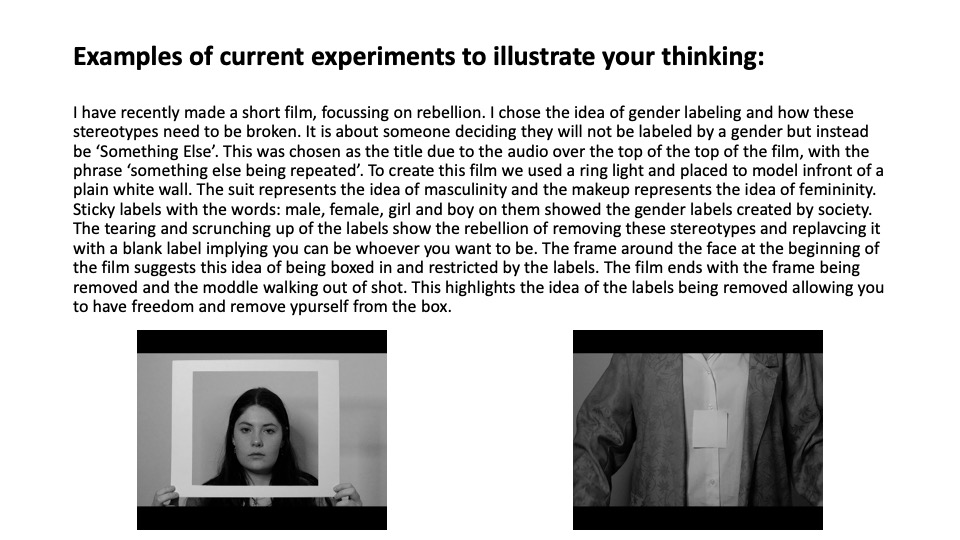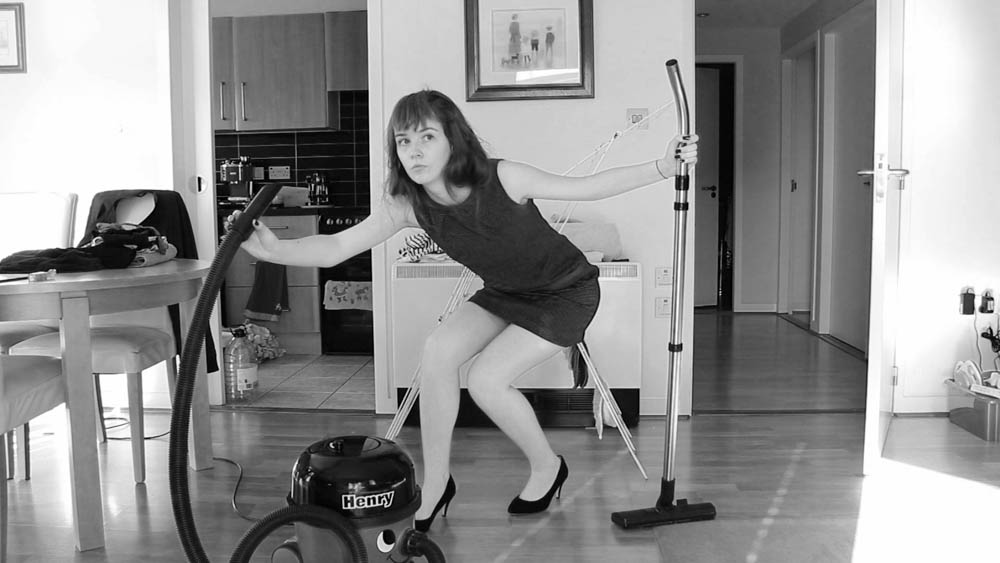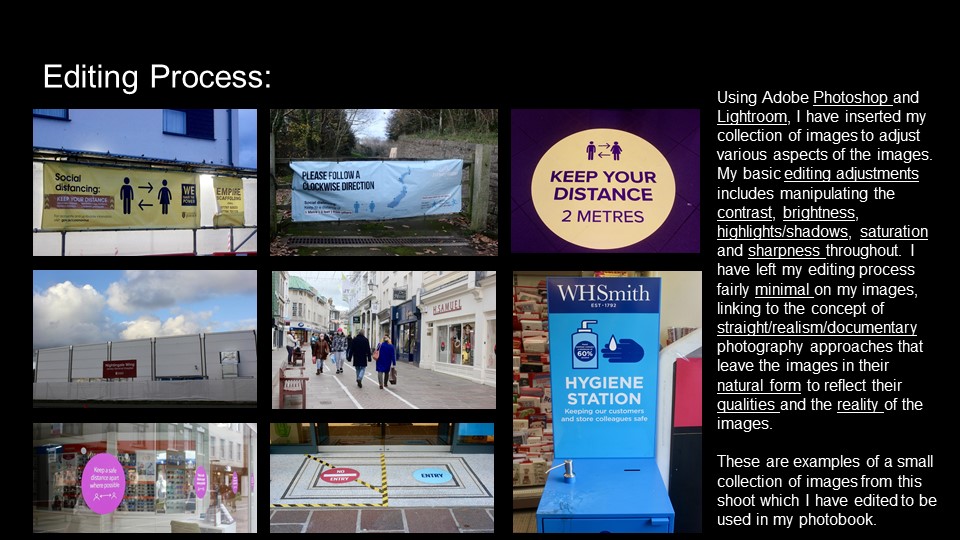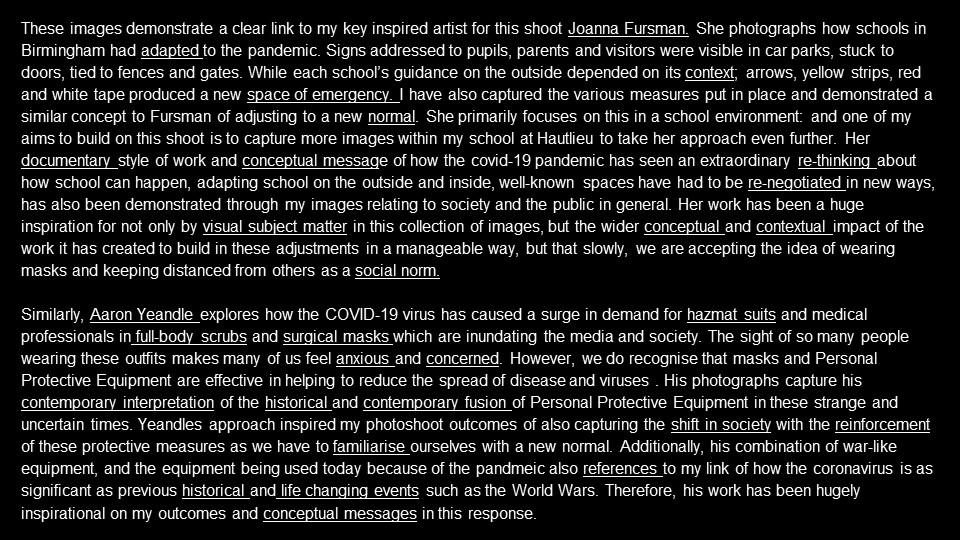Daily Archives: 06/12/2020
Filters
Review and Reflection



In what way can the work of Claude Cahun and Shannon O’Donnell be considered political?
Shannon O’Donnell was born in Jersey. She has completed her BA(Hons) degree in documentary photography at the University of South Wales.
She looks at the theme of gender, focussing on femininity and masculinity as gender traits. She aims to question and challenge society and the traditional views of gender using her work. Lots of her work is influenced by artists such as: Claude Cahun, Cindy Sherman, Casa Susanna and Clare Rae. Shannon has done a range of projects, including: That’s Not The Way The River Flows, a film on identity. Here They Stood, focussing on the Suffragettes. Susan’s Sleep, about Shannon’s personal experiences and By Your Bedside, a series of images complimenting Susan’s Sleep.
Claude Cahun, who was born as Lucy Renee Mathilde Schwob on October 25, 1894 was a French lesbian photographer, sculptor and writer. In 1917 Schwob adopted the pseudonym Claude Cahun, inytentionally selecting a sexually ambiguuous name. Cahun is best known for self portraits. Cahun was a surrealist photographer whose work explored gender identity and the subconcious mind. She is considered a ground-breaking artist who fully embraced her gender fluidity long before the term came into use. Cahun settled in Jersey in 1937 after the fall of the France and German occupation of the Channel Islands. Cahun and her lifelong partner and stepsister Suzanne Malherbe used their creative talents to manipulate to manipulate and undermine the authority. Cahun and Malherbe were members of a wealthy publishing family from Nantes in France. They became propagandists, producing anti-german fliers. In 1944 they were arressted and sentenced to death however their sentences were not carried out as Jersey was liberated in 1945. Cahun died December 8, 1954 as her health never recovered from her treatment in jail. Her work left a huge impression on photography and directly inspired contemporary photographers, including Cindy Sherman, Gillian Wearing and Nan Goldin.
A similarity between Shannon O’Donnell and Claude Cahun’s work is their ideas linking to gender. They do not conform to the stereotypes of society. Both artists use identity politics as part of their work, promoting their views on gender and how you can be whoever you choose. Gender should not define how you live in life. Both use self-portraiture to express their views in order to re-conceptualise gender.
‘Chimamanda Ngozi Adichie a Nigerian novelist is critical of modern masculinity, calling it a “hard, small cage” that forces men to hide emotion. “We teach boys to be afraid of fear, of weakness, of vulnerability,” she writes. “We teach them to mask their true selves, because they have to be, in Nigerian-speak – a hard man.”’ This supports Cahun and O’Donnel’s views on gender labels and shows how change is needed.

Shannon O’Donnell’s image above represents the struggles a woman faces. The position of the model in the center of the photo creates a focal point, with her stretched out trying to hold everything up. The stereotypes of women staying home and cleaning are represented with the heals symbolising how society perceive women. The use of black and white creates a serious tone, as it portrays a serious message. Similarly in Claude Cahun’s image below the use of black and white creates a serious tone. The mask represents society, hiding the true self. The mask being removed shows the break through as the model is not hiding behind it, but rather showing themself for who they are and being proud. This signifies the change being made, highlighting to society the importance of the ideas.
REVIEWING AND REFLECTING
What I learnt from Personal Investigation
The first part of the ‘Personal Investigation’ we focused around Art and Activism. A majority of the study I did was centred around the Black Lives Matter movement and the Pandemic. I heavily explored restriction and repression which both events had a heavy influence in, the Black lives matter topic being centred towards abolshing the african amercian repression in the US, and the pandemic topic showing the impact of new restrictions and, essentially the new way of life we have all experinced this year. I finalised this series of work by exploring the question of ‘What makes an image iconic’, answering with my own attempt at creating an iconic image with the phrase ‘The New Normal’ in mind. The image I captured portarys a person standing in the centre of a busy street wearing a mask as everyone else walks on by.
Interpreting Love
On the topic of love, I produced a zine (a 16 page booklet) about my father, giving a brief insight into his life, both from the perspective of the last and the present, allowing for a comparison over the years whereby I took photos of archival imagery, (old photos of him as a toddler from the family album) and also taking photos of him in the present day, as well as objects (books/stamps etc) and places (houses where he grew up) all that have great significance to his personal story which is completely unique to him. The final product had an abstract feel as one the most important points I considered when producing the zine. This concluded to be quite effective as different people interpret the zine in different ways without an obvious and clear cut story line, A theme throughout was the idea that everyones relationship is different and that is what makes them special asking the question about what truly is love and what makes a relationship so unique.
Interpreting Rebellion
For the rebellion portion of the first part of the ‘Personal Study’ I focused the project around the effects of the COVID 19 pandemic on teenagers, presenting the final project as a film. With the main focus on ‘Rebellion’ I took a stance representative of the rebellious nature of teenagers during the pandemic and the natural disregard for rules all of us have had to abide by the whole year. The film was set up into three sections, the first showing the ‘first lockdown’, the second showing the easing of restrictions over the summer and peoples want to socialise and party, then finishing off the film on a cliff hangar as it is announced once again we are going into a lockdown. The film was filmed from a U.K perspective not a Jersey one. I think the film is very effective as it shows a clear message about rebellion and how people as a whole struggle to follow rules, especially life changing ones. Additonally the audio in the film allowed me to create lots of subtle messages and really emphasize certain political and personal beliefs and opinions about events this year.





